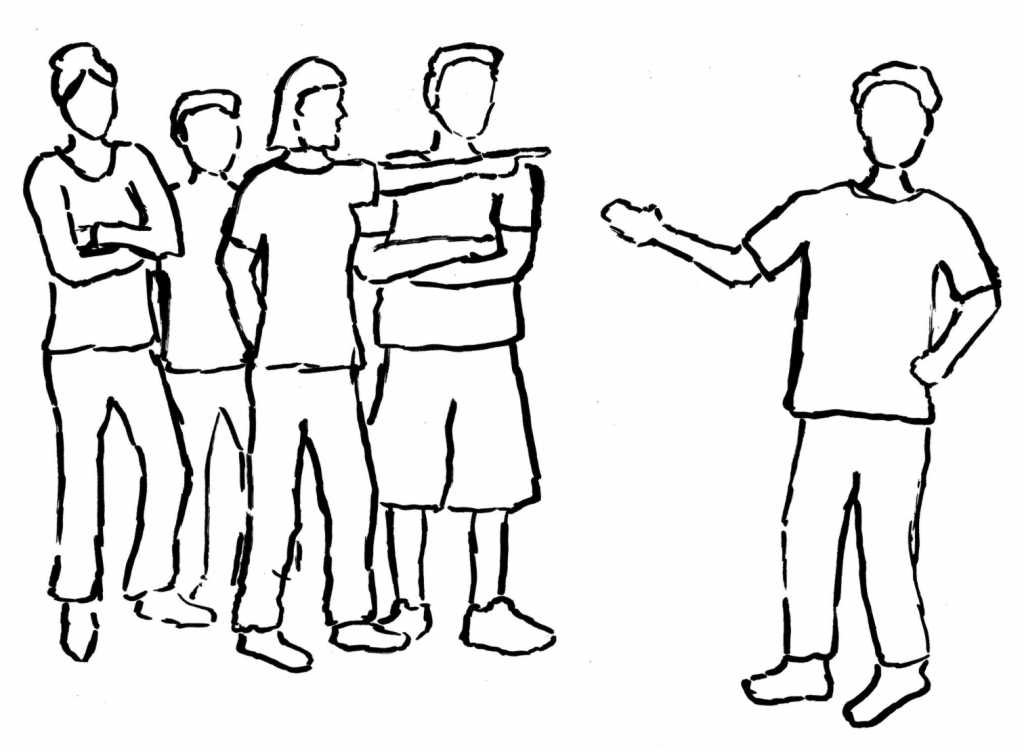In the past couple of years, there has been a dramatic increase in the use and popularity of the term “trigger warning.” The debate over the use of these warnings, which are meant to warn people of potentially distressing content in certain material, has been a contentious one within college campuses around the country. Unsurprisingly, this debate has found its way to high school classrooms, with many people disagreeing on whether or not “trigger warnings” should be employed by teachers in their lessons. Essentially, there are two different perspectives on the matter; firstly, we have those who believe in the use of “trigger warnings” in classrooms, arguing that students who have experienced trauma deserve a warning that a certain piece of material in a classroom (i.e. videos, writings, lectures) may aggravate said trauma and “trigger” an emotional reaction. Conversely, there are those who contend that “trigger warnings” are a form of coddling our young people, and that it is a teacher’s job to educate and not to identify every possible way in which a piece of material may be distressing for certain students.
Let us first start with instances in which “trigger warnings” in high school classrooms are not only a good idea, but absolutely necessary. The most obvious situation in which a “trigger warning” should be employed is when sexual assault and rape are going to be described in a classroom. In the context of a high school classroom, “trigger warnings” related to rape are necessary for one incredibly depressing reason: in any given class, it is all too likely that someone has experienced some kind of sexual assault in their lifetime. A teacher could take one minute out of class to give their students a “trigger warning” about the material that contains a description of a sexual assault, and this warning could potentially prevent certain students from reliving a traumatic experience.
On the other hand, “trigger warnings” can also be the product, and cause, of oversensitivity. Recently I read an article on everydayfeminism.com about “trigger warnings,” and in the editor’s note the author explains why they opted to use the term “content warning” rather than “trigger warning,” as the word “trigger” “could be re-traumatizing for folks who have suffered military, police, and other forms of violence.” This is a prime example of coddling, of unnecessary protection from a word that isn’t really going to help anyone avoid re-experiencing a traumatic experience.
Whether or not “trigger warnings” should be employed in high school classrooms comes down to one thing: common sense. Teachers must make the decisions on whether or not something used in their classroom could actually cause harm to a student that has experienced real trauma.


